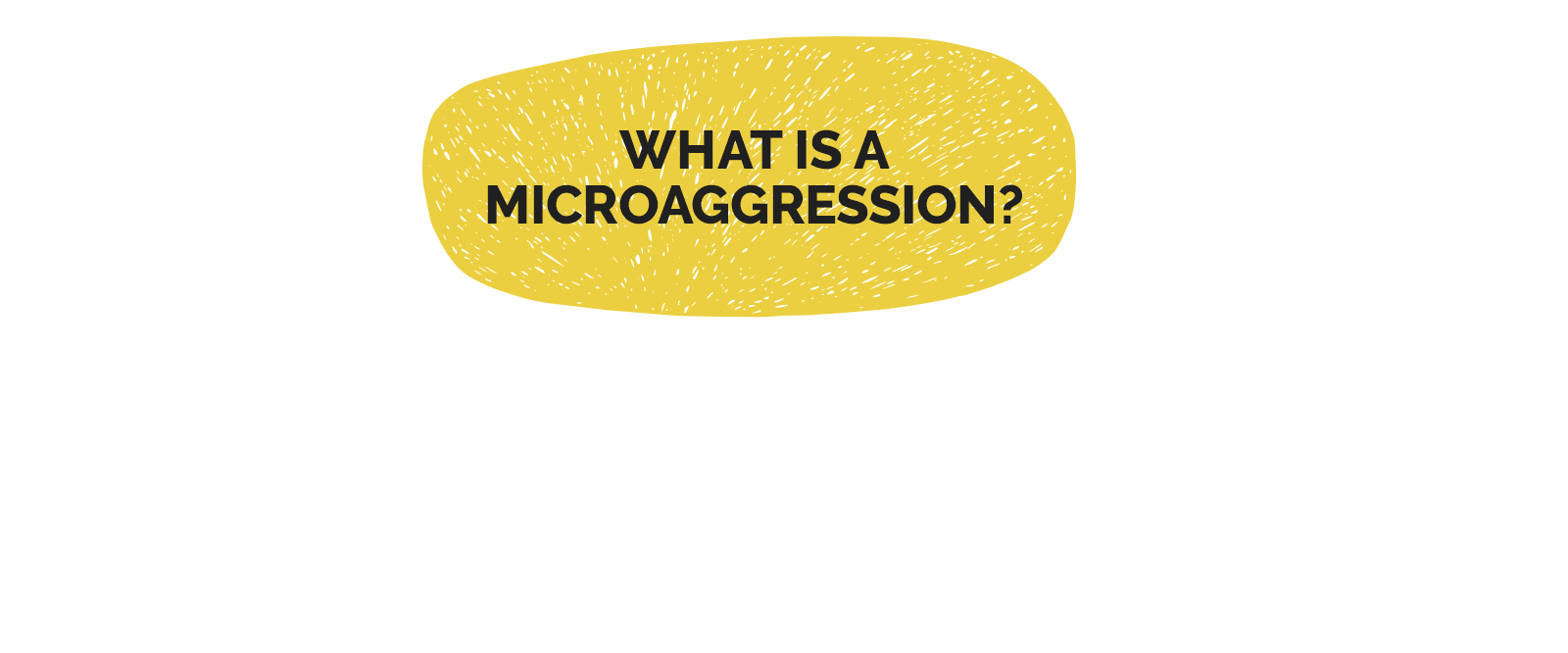Success Stories
National Housing Federation
EDI in Housing Conference
Here is an excerpt from our presentation on microaggression in social housing at the NHF’s EDI in Housing “Inclusive Futures: Driving Change Through Diversity” conference in March 2025.
We also had the privilege of participating in a panel discussion titled "Injustice and Racism in Social Housing: Being the Change We Need" with NHF Chief Executive Kate Henderson, Sovereign Network Group Chief Executive Mark Washer and Tower Hamlets Community Chief Executive Anita Khan.
Content by Jerome Tsui. Image by Hanna Barczyk.










